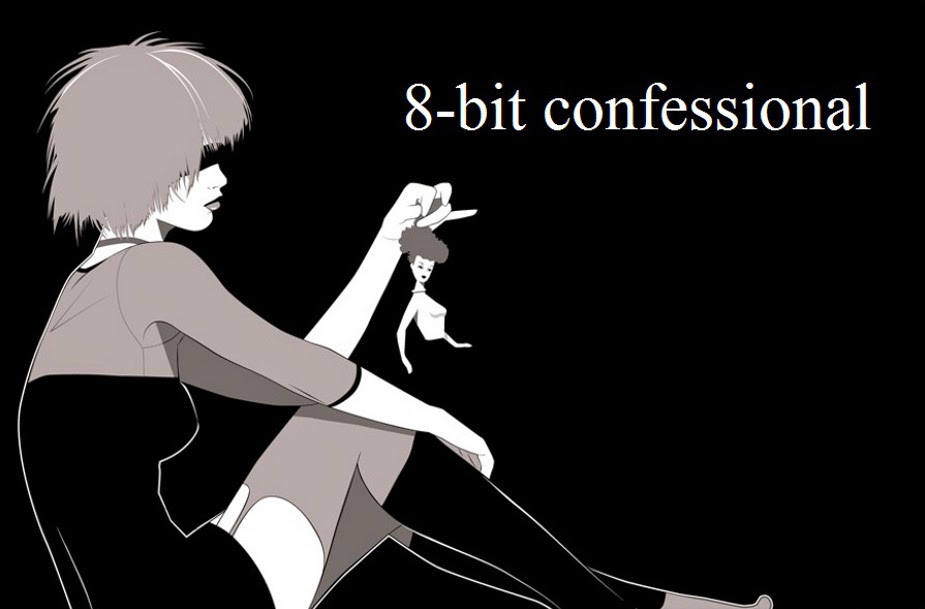
My latest blog posting over at PopMatters is really less an analysis of a video game than an analysis of a marketing campaign for a game.
A fair amount of virtual ink has already been spilled about Evony and its propensity towards extremely sexed up advertising for what might be a much less than sexy medieval simulation game. However, I wanted to talk a little bit about the campaign and its generally deceptive quality and how gamers might be better targeted by publishers.
Frankly, if you want to sell sex to gamers, then sell sex (but it better actually be a part of the game), however, if you have a different sort of game in mind, then find the right niche for your marketing because the drooling masses that you're luring in are unlikely to stay to drop a dime on a game that just doesn't have what they're looking for in it.
More here:
The Weirdly Sexed Up Evony Advertising Campaign









